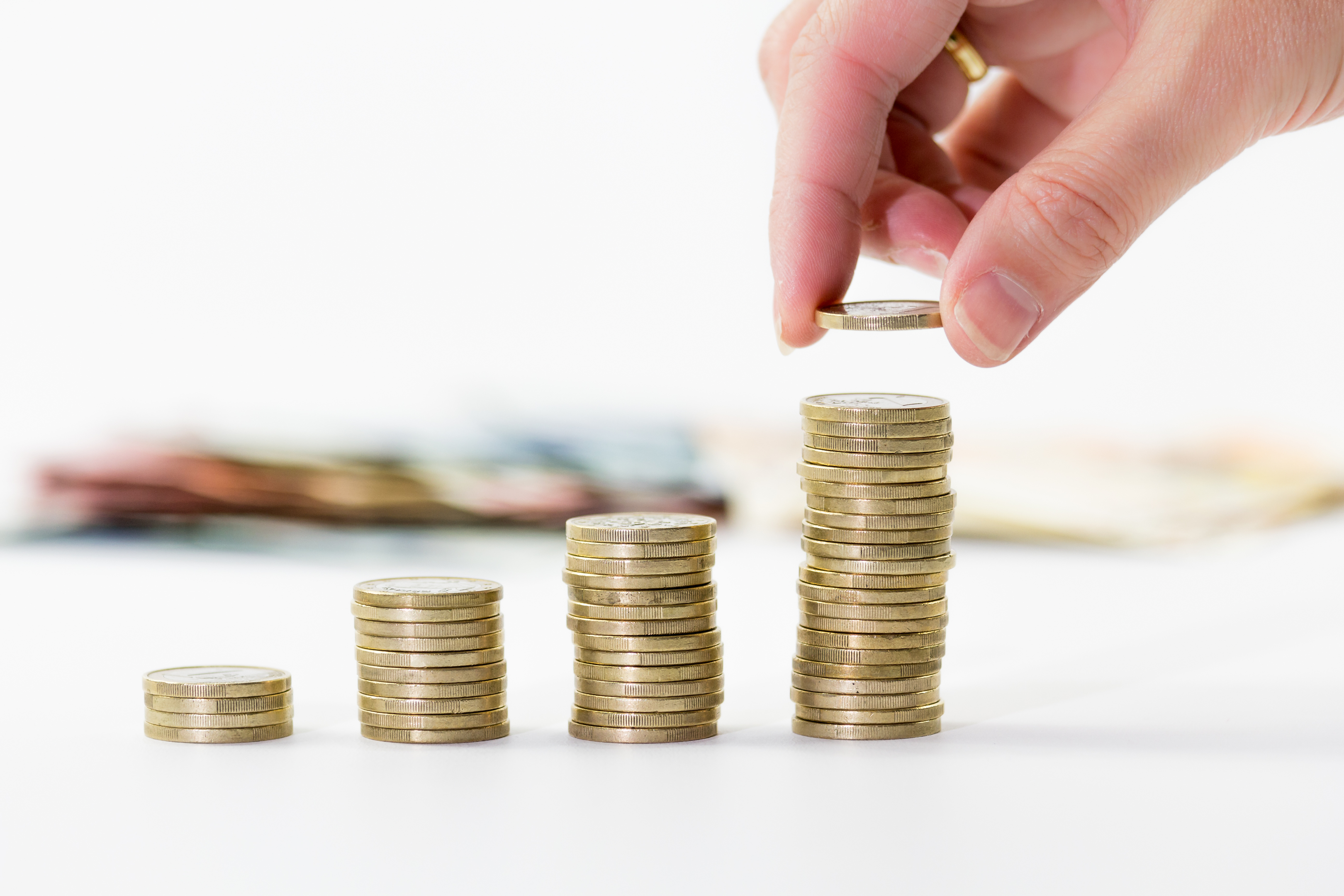
THE new tax year has brought with it a bumper ISA allowance.
Savers can now put up to £20,000 into ISAs.
The previous limit was £15,240.
So what will you do with your allowance? Here’s all you need to know…
Is it still worth paying into an ISA?
The benefit of ISAs is that money is sheltered from the taxman year after year.
With the personal savings allowance, you may not be paying tax on interest earned from non-ISA accounts now, but that may not necessarily be the case forever.
For example, if interest rates start to become more generous in years to come, a saver could be pushed over the personal savings allowance threshold.
Which is the right ISA to choose?
It’s no longer simply a choice between a cash or a stocks and shares ISA. There’s a wide range to choose from, including:
- Standard ISA: a tax-free cash ISA or one where money is invested in stocks and shares.
- Lifetime: allows people to save for their first home or retirement in the same pot.
- Help to buy: for people saving for their first home. It also comes with a Government bonus. The minimum bonus is £400. To get it, you will need to have saved at least £1600.
- Junior: Parents can open an account on behalf of their child, who can withdraw the money when they reach 18 – or carry on saving.
- Innovative finance: Money invested through peer-to-peer lenders can be included in an ISA. The potential returns on offer may be higher than with a standard cash ISA – but there are also generally greater risks involved which need to be considered.
How are cash ISA rates looking?
The average rate offered on an easy access ISA has fallen from 1.05% to 0.62% in the last 12 months.
But Rachel Springall, a finance expert at Moneyfacts, added: “Fixed rate ISAs have improved slightly over the last couple of weeks during the peak of ISA season – which is great news.”

Enjoy the convenience of having The Sunday Post delivered as a digital ePaper straight to your smartphone, tablet or computer.
Subscribe for only £5.49 a month and enjoy all the benefits of the printed paper as a digital replica.
Subscribe